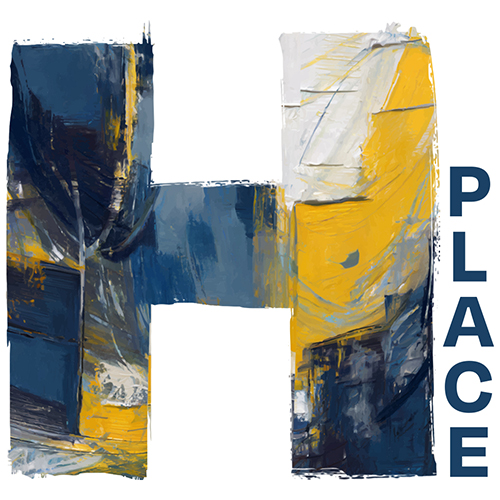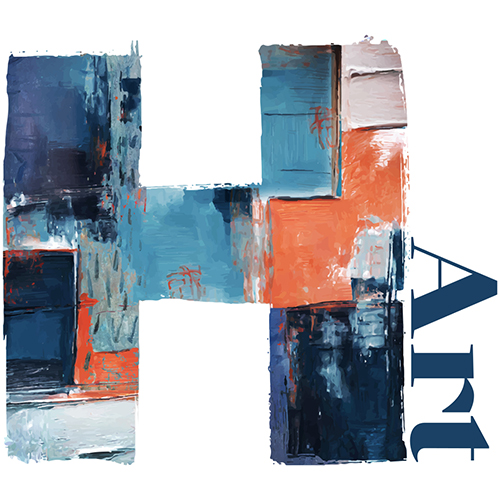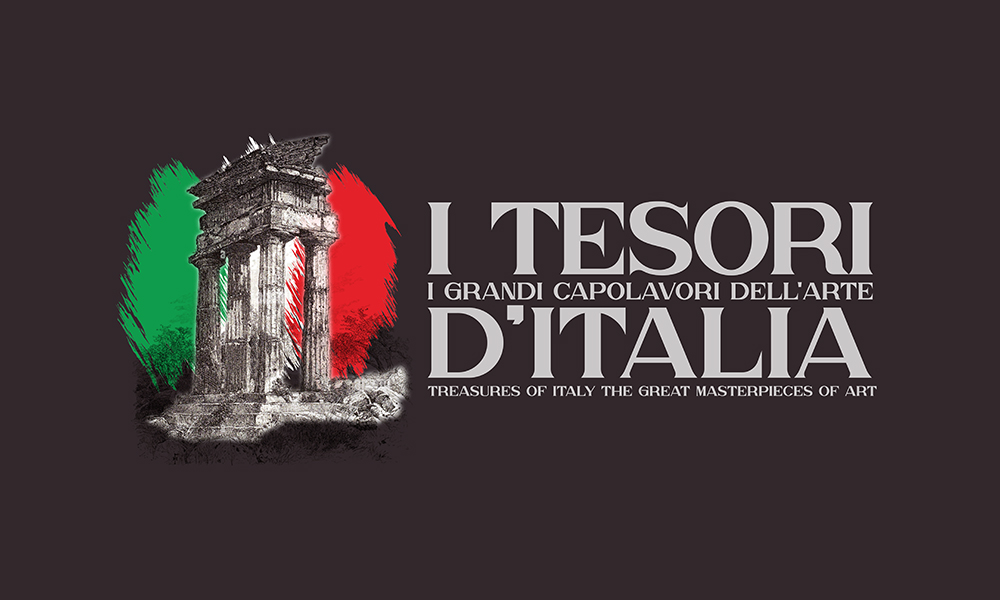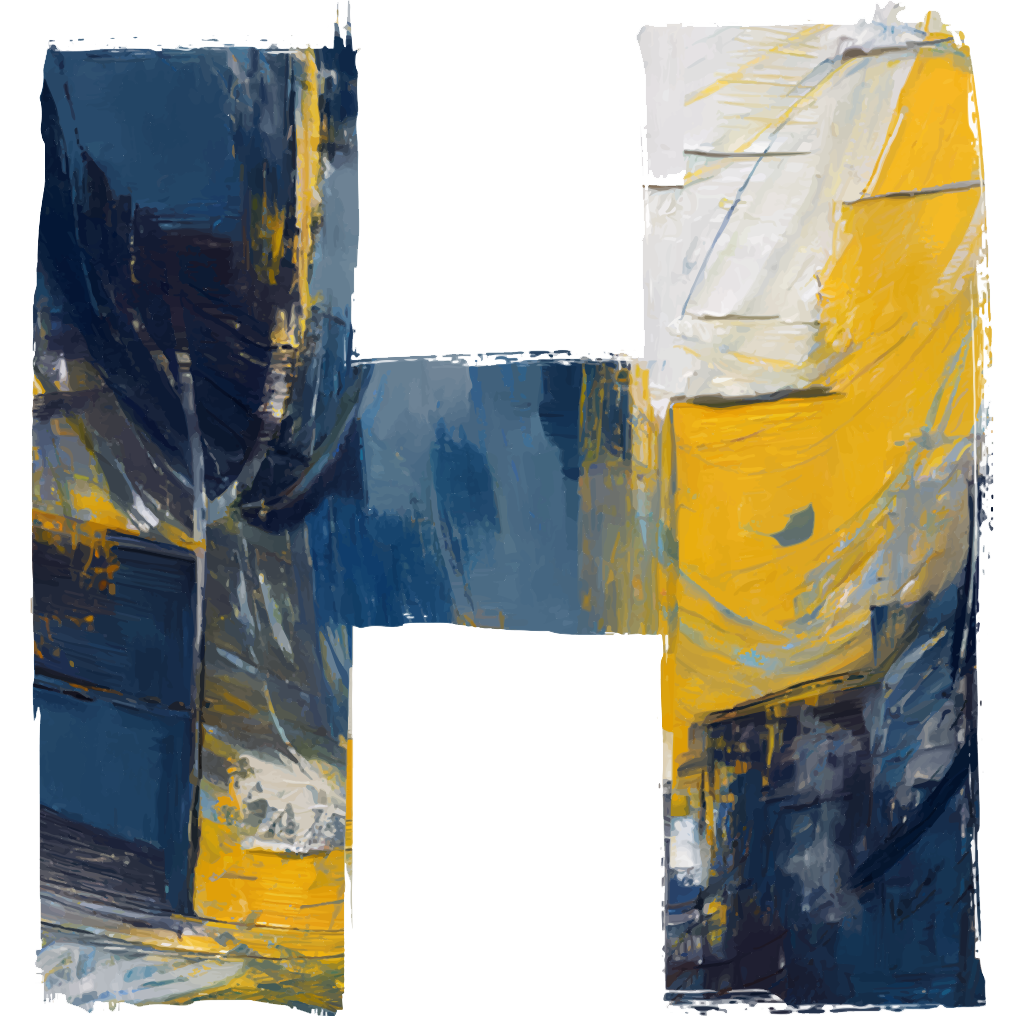The project of an exhibition dedicated to art masterpieces that are identifiable in every region of Italy, from the Middle Ages to the present day, was born on the occasion of the celebrations of ‘Agrigento Italian Capital of Culture 2025’. It was a real challenge for the scientific committee that worked hard to identify the works, favouring those less known to the general public, and for this very reason of particular interest.
At first glance, the criterion of selecting works on the basis of territorial affiliation, of an artist’s place of birth, might seem trivial, especially bearing in mind the richness and variety of our heritage resulting from the constant movement of artists for study and work. In truth, the scientific committee has moved on ‘less mechanical’ principles, thinking of a path in which the cultural and social contents of a work, in all their extension, take shape in an artefact that the inhabitants of a specific territory recognise as their own. Certainly, to the educated eye, an approach like this might seem slippery or at least simplistic. Quite simply, one could sum up the criterion of choice in the phrase: ‘an artist for every region of Italy’.
However, we felt that we could provide a point of view (and as such subjective) of the main emergencies of Italian art, in its various epochs, strengthened also by the tradition of historiography which, starting from Muratori, Lanzi, Milizia and Cicognara gradually saw in the 19th century the study and ap- preciation of the belonging of the various local regional realities thanks above all to Cavalcaselle’s cataloguing action, Certainly, the artefact we define as art is first and foremost a human product, comprehensible only in relation to all the other products of historical man. It is not a pure masterpiece, a pri- vileged expression of a state of aesthetic grace, to be contemplated in its isolation. It is the result of a determined operation, aimed at a purpose and use, to be read in its context, a bearer of value, culture and thought. This is a point on which the scientific committee has questioned a great deal, namely the risk of exhibiting works that are apparently isolated from one another. All works of art, both in their aesthetic and ideological-cultural aspects, are the product of a precise time and place and for this reason have their roots in the socio-economic and political context in which they are produced. A histori- cally adherent interpretation of their meaning must therefore give importance to the reconstruction and evaluation not only of the historical-social con- ditions, but also of the extent of their aesthetic appearance and cultural content at the same time.
The core of the exhibition consists of works from major national and regional museums, and it is important to emphasise that the organisation has in some cases taken charge of their restoration for the purpose of loan.
Authentic masterpieces include Guido Cagnacci’s Allegory of Life (1650) from the Cavallini Sgarbi Foundation, a work exhibited in the last monographic exhibition dedicated to the artist, the monumental Sacra Conversazione (1542) by Sodoma, a magnificent altarpiece that rarely leaves the Museo Nazio- nale di San Matteo in Pisa where it is kept, then the Saint Augustine (c. 1530) by Pietro Cavaro, a work that was exhibited in the last monographic exhibi- tion dedicated to the artist. 1530) by Pietro Cavaro from the National Museum in Cagliari and the large altarpiece (1672) by Carlo Maratti from the Pi- nacoteca Civica in Ancona. A prestigious loan is also the Annunciation (1529) by Savoldo from the Gallerie dell’Accademia in Venice. But even works by artists less well-known to the general public are able to stitch together an itinerary full of interesting insights as well as reminding us that Italian art is not characterised by a precise linguistic unity, it is not presented as a unitary block but as a system of relations between regional and urban cultures.
All this will be described and narrated for each individual work on display, which will benefit from dedicated didactic apparatus.






